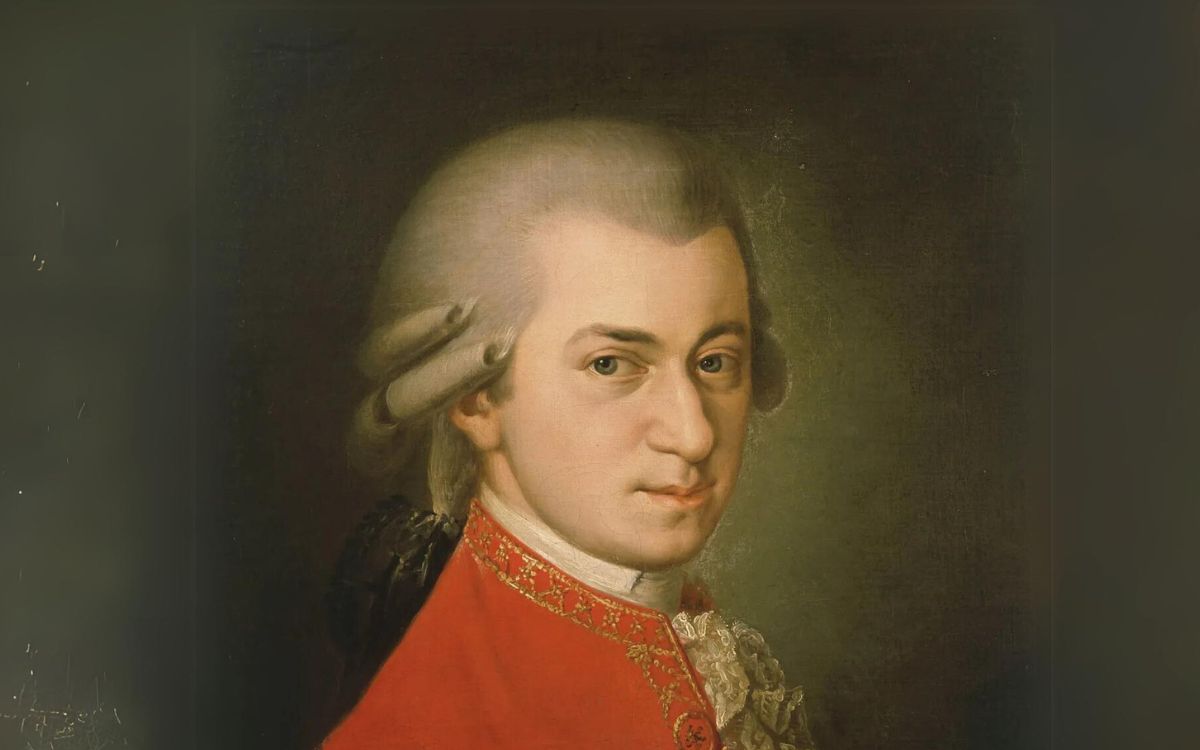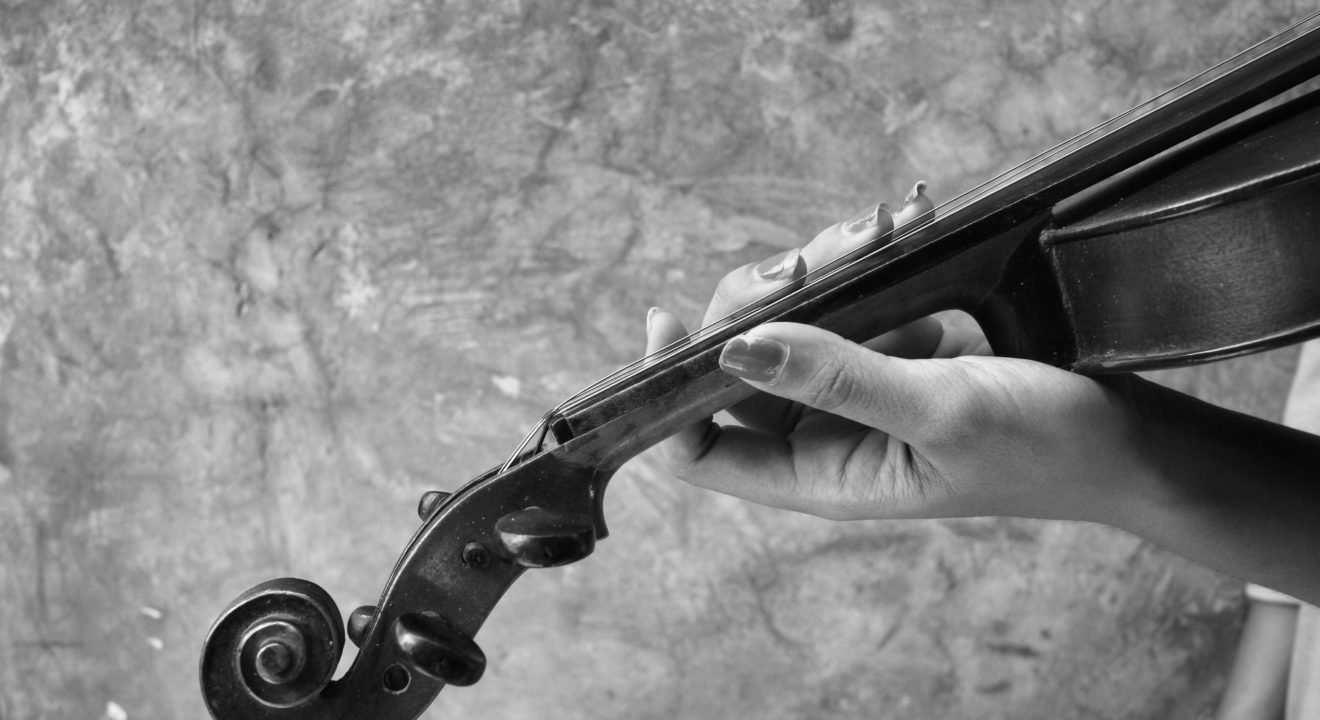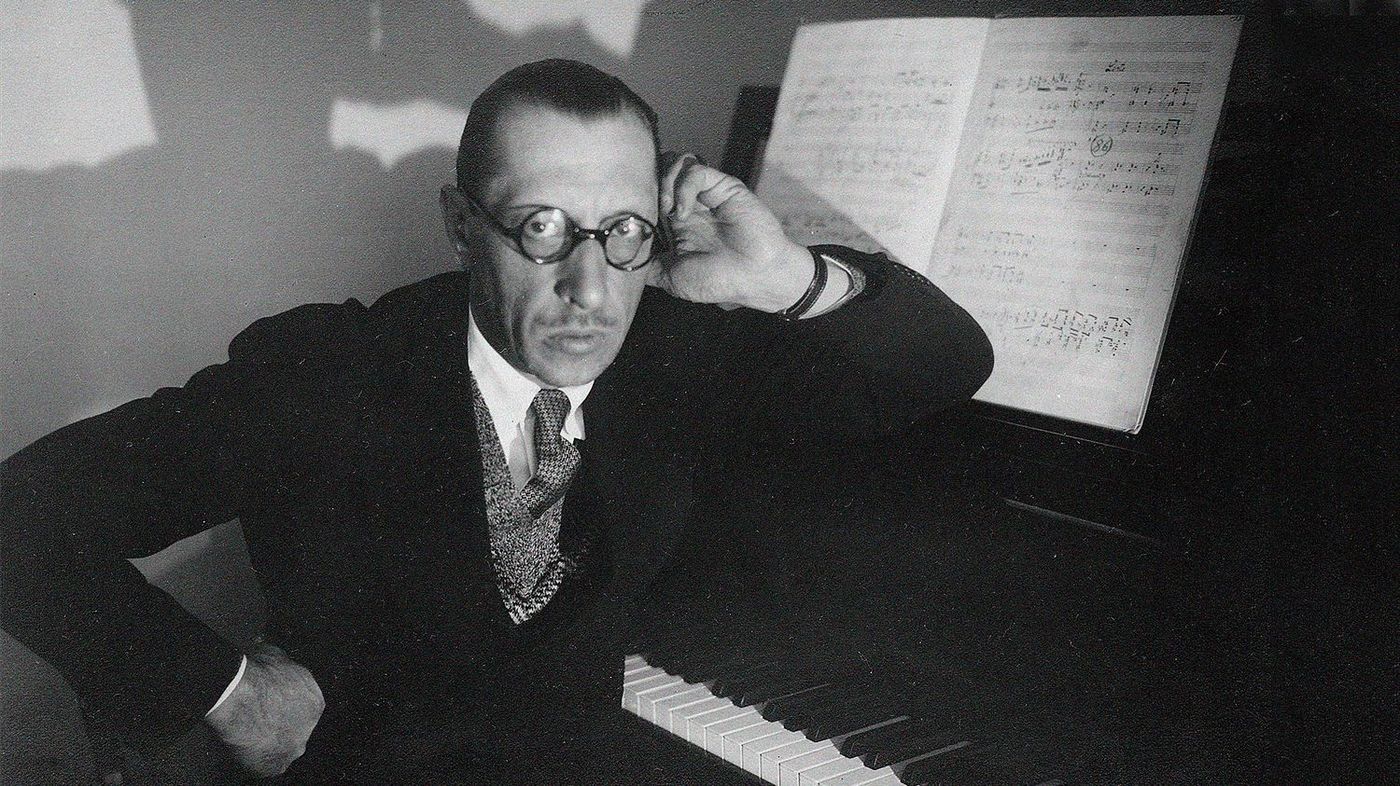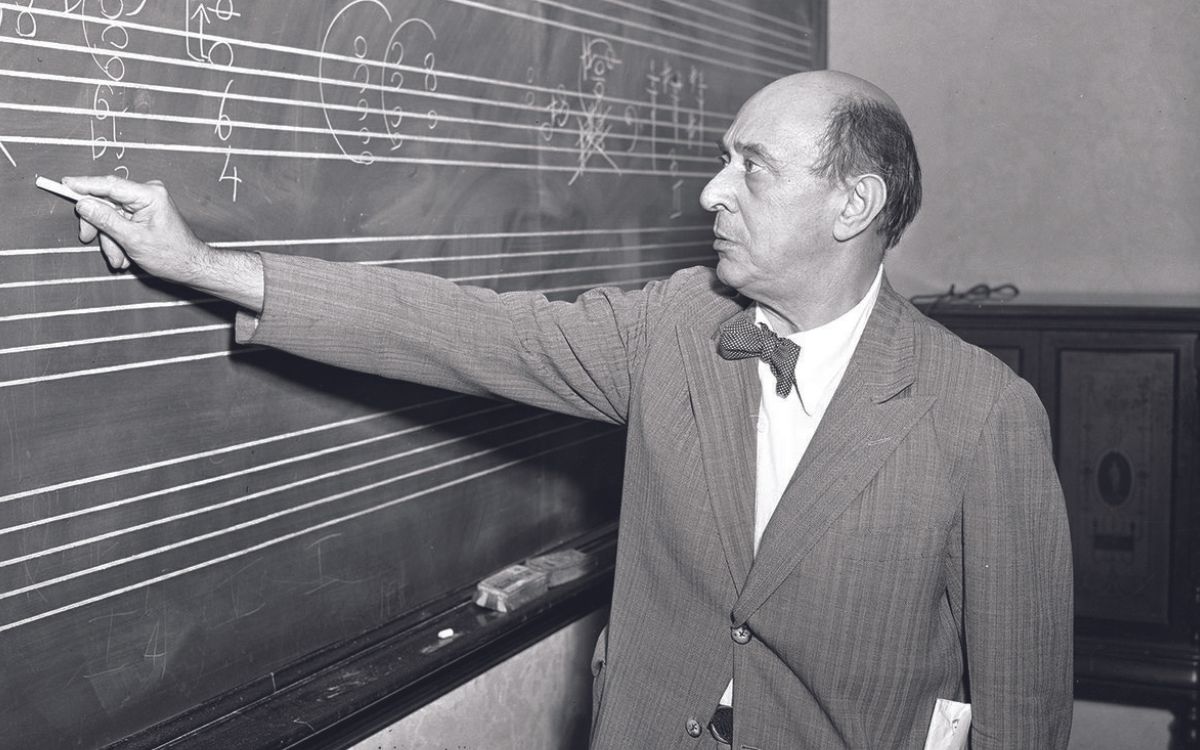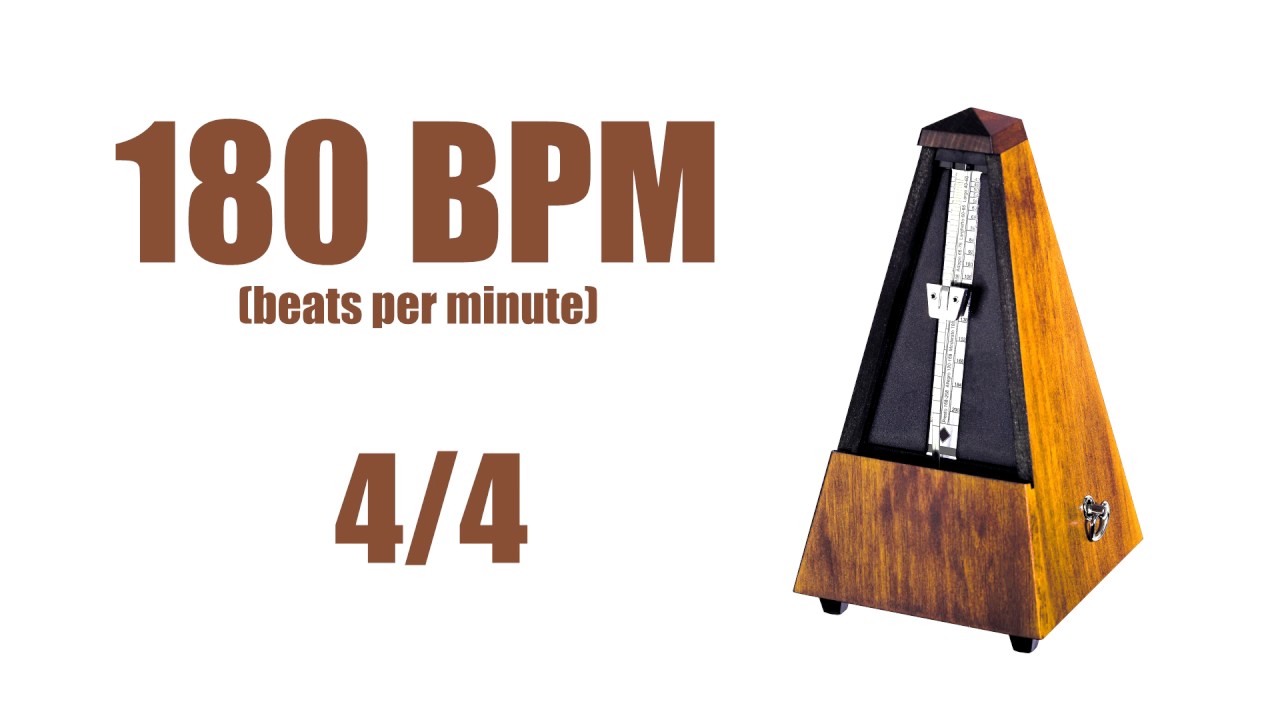Home>Production & Technology>Composer>In What Period Did The Composer Palestrina Live?
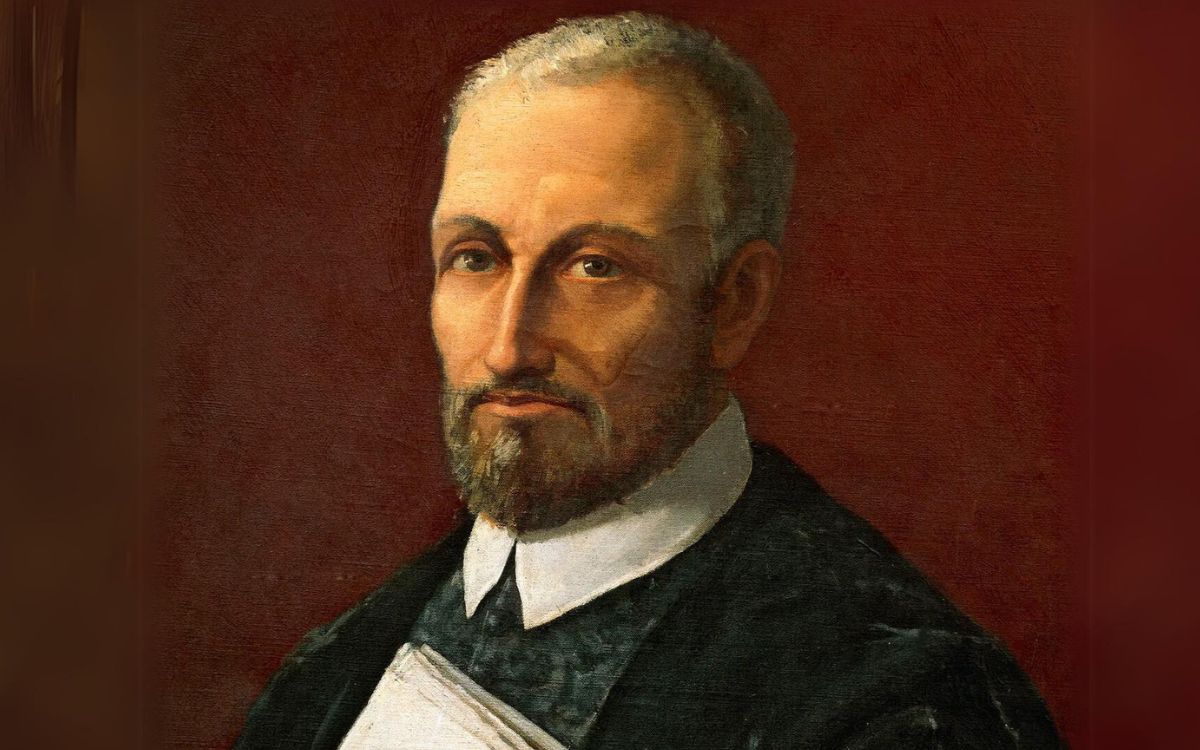

Composer
In What Period Did The Composer Palestrina Live?
Modified: February 1, 2024
Find out the period in which the renowned composer Palestrina lived and revolutionized music with his compositions.
(Many of the links in this article redirect to a specific reviewed product. Your purchase of these products through affiliate links helps to generate commission for AudioLover.com, at no extra cost. Learn more)
Table of Contents
Introduction
In the vast and rich history of classical music, one name stands out for its immense contribution and lasting legacy – Giovanni Pierluigi da Palestrina. Often referred to as the “Prince of Music,” Palestrina was one of the most influential composers of the Renaissance period. His compositions, characterized by their intricate polyphony and mastery of melodic and harmonic structures, continue to captivate audiences and inspire musicians centuries after his death.
Born in the town of Palestrina, near Rome, Italy, in 1525, little is known about Palestrina’s early life. However, his musical talent and passion for composition were evident from a young age. As a young boy, he likely received a solid musical education, as was customary for children in Italy during that time, and he quickly began to develop his skills as a singer and composer.
Palestrina’s rise to prominence came in the mid-16th century when he moved to Rome and became the choirmaster of the famed Cappella Giulia at St. Peter’s Basilica, one of the most prestigious musical positions of the time. It was during his tenure at St. Peter’s that Palestrina composed some of his most renowned works, including his sacred choral compositions, secular madrigals, and masses.
One of the defining aspects of Palestrina’s music was his commitment to creating a balance between the text and the musical expression, known as the “Palestrina style.” In an era where the complexity of polyphonic music sometimes overshadowed the meaning of the text, Palestrina’s compositions sought to ensure that the words were clearly understood and eloquently conveyed.
Palestrina’s music not only delighted listeners but also had a profound impact on the development of Western music as a whole. His compositions served as a bridge between the Renaissance and Baroque periods, and his innovative techniques laid the groundwork for future composers. His mastery of counterpoint and his ability to create rich and complex harmonies influenced countless musicians who came after him.
Despite his significant contributions to music, Palestrina’s musical journey was not without controversy. During the Council of Trent in the mid-16th century, there were discussions about reforming the music used in the Catholic Church. Palestrina’s music was initially criticized for its alleged complexity and lack of clarity in conveying the text. However, he successfully defended his style by presenting his masterpiece, the “Missa Papae Marcelli,” which showcased the perfect marriage of text and music.
In this article, we will delve into the life and works of Giovanni Pierluigi da Palestrina, exploring his early life and education, his musical career and achievements, his influence on Western music, the controversies he faced, his unique style and compositions, and his lasting legacy in the world of classical music.
Early Life and Education
Giovanni Pierluigi da Palestrina was born in the town of Palestrina, near Rome, Italy, in 1525. Not much is known about his early life and family background. However, it is believed that he received a solid musical education as a young boy, as was the norm for children in Italy during that time.
Palestrina’s musical journey likely began in his hometown, where he would have been exposed to the rich musical traditions of the Catholic Church. It is possible that he received training in singing and basic music theory from local musicians or within the church environment.
At a young age, Palestrina’s talent and passion for music became evident. He showed remarkable skill in singing and composition, which would lay the foundation for his future career as a renowned composer.
In his late teens or early twenties, Palestrina moved to Rome, a city flourishing with artistic and cultural vitality during the Renaissance period. Rome provided him with the perfect environment to nurture his musical talent and further his education.
During his time in Rome, Palestrina likely received further training in music theory, composition, and singing. He may have studied with respected composers and musicians of the time, absorbing their knowledge and techniques.
It is believed that Palestrina also spent time studying at the prestigious Roman School of Polyphony, which was renowned for its emphasis on intricate vocal compositions. Here, he would have honed his skills in contrapuntal writing and developed his signature style.
Additionally, Palestrina’s education may have been influenced by the innovative musical ideas propagated by the influential musical group known as the “Florentine Camerata” during the late 16th century. The Camerata aimed to revive the spirit of ancient Greek music by emphasizing the expressive power of the human voice. Their ideas would have been influential in shaping Palestrina’s own approach to composing vocal music.
Overall, Palestrina’s early life and education were marked by a passion for music, innate talent, and exposure to the rich musical environment of Italy during the Renaissance. These formative years provided him with the necessary skills and knowledge to embark on a remarkable musical journey that would revolutionize Western music.
Musical Career and Achievements
After moving to Rome, Giovanni Pierluigi da Palestrina began his illustrious musical career, which would span several decades and establish him as one of the most accomplished composers of his time.
In the mid-16th century, Palestrina secured the esteemed position of choirmaster at St. Peter’s Basilica in Rome, specifically at the renowned Cappella Giulia. This position allowed him to work closely with highly skilled singers and musicians, giving him the opportunity to showcase his compositions and refine his musical style.
At St. Peter’s, Palestrina composed numerous sacred choral works, including masses, motets, and hymns. His compositions were regularly performed during religious services and garnered widespread acclaim for their beauty, complexity, and emotional depth.
One of his most famous compositions, the “Missa Papae Marcelli” (Mass of Pope Marcellus), played a pivotal role in his career and solidified his reputation as a master composer. It was composed in response to the concerns raised during the Council of Trent about the complexity and lack of clarity in polyphonic music. The mass demonstrated Palestrina’s ability to create music that was both technically sophisticated and textually intelligible, effectively addressing the concerns of the church authorities.
Palestrina’s musical achievements extended beyond sacred music. He also composed secular madrigals, which were highly popular during the Renaissance. His prowess in madrigal composition showcased his ability to create expressive and emotionally charged music, often featuring intricate vocal harmonies and vivid word painting.
Throughout his career, Palestrina’s compositions were widely recognized and celebrated. His music was published and disseminated throughout Europe, and many composers of his time drew inspiration from his works. Palestrina’s influence extended beyond Italy, reaching influential composers such as Orlande de Lassus and Thomas Morley.
In addition to his prolific output as a composer, Palestrina was a respected teacher and mentor. He imparted his knowledge and expertise to numerous students, many of whom would go on to become notable musicians themselves. His teaching legacy ensured the continued spread of his compositional techniques and ideas for generations to come.
Palestrina’s musical career and achievements firmly established him as a leading figure of the Renaissance period. His dedication to polyphonic compositions, his masterful use of counterpoint, and his ability to beautifully marry text and music continue to inspire and captivate audiences around the world.
Influence on Western Music
Giovanni Pierluigi da Palestrina’s impact on Western music cannot be overstated. His innovative approach to composition and his mastery of polyphonic music left an indelible mark on the development of Western classical music.
One of Palestrina’s greatest contributions was his emphasis on clear and intelligible text settings in his compositions. At a time when complex polyphony sometimes resulted in the words being overshadowed, Palestrina’s music prioritized the clarity and understanding of the text. This approach had a profound influence on future composers, who sought to emulate his ability to create music that beautifully conveyed the meaning and emotion of the lyrics.
Palestrina’s influence extended beyond his contemporaries and reached composers of later musical eras, such as the Baroque period. His compositions served as a bridge between the Renaissance and Baroque styles, influencing composers like Johann Sebastian Bach and George Frideric Handel, who were inspired by Palestrina’s melodic richness and contrapuntal mastery.
Furthermore, Palestrina’s techniques and principles of composition played a vital role in shaping the development of music in the Catholic Church. After the Council of Trent, which sought to reform and clarify sacred music, Palestrina’s works were held up as an ideal example of how to achieve the balance between intricate polyphony and textual clarity. His compositions became the standard against which other sacred music compositions were judged.
Palestrina’s approach to counterpoint also had a lasting impact on Western music. His mastery of this technique, supported by his deep understanding of voice leading and harmonic progression, set a new standard for polyphonic composition. His strict adherence to the rules of counterpoint, as outlined in his influential treatise “Palestrina Style,” established a foundation that laid the groundwork for future generations of composers to build upon.
Even beyond his specific compositional techniques, Palestrina’s musical influence can also be seen in the broader trends of the time. His music reflected the prevailing ideals of the Renaissance, emphasizing balance, proportion, and beauty. These aesthetic principles permeated the artistic and cultural landscape of the time, influencing not only other composers but also other art forms, such as painting and architecture.
Today, Palestrina’s compositions continue to be performed and studied worldwide. His music remains a staple of choral repertoire, cherished for its timeless beauty and profound emotional depth. His influence can be heard in the works of countless composers who have followed in his footsteps, and his everlasting legacy has secured his place as one of the greatest composers in the history of Western music.
Controversies and Criticisms
Despite his immense talent and contributions to music, Giovanni Pierluigi da Palestrina’s career was not without its controversies and criticisms.
During the mid-16th century, Palestrina faced scrutiny and criticism surrounding the complexity and intelligibility of polyphonic music used in the Catholic Church. The Council of Trent, a significant ecumenical council that aimed to address various issues within the church, raised concerns about the excessive ornamentation and obscured text in polyphonic compositions. Some church leaders believed that the intricate harmonies and overlapping voices detracted from the sacred texts, making them incomprehensible to the congregation.
Palestrina’s music, known for its complexity and richness, was initially caught in the crossfire of this debate. There were calls for a complete ban on polyphonic music in church services, which would have significantly impacted Palestrina’s career as a composer. However, he rose to the challenge and became a leading advocate for the preservation of polyphonic music.
To address the concerns of the Council of Trent, Palestrina composed his masterpiece, the “Missa Papae Marcelli” (Mass of Pope Marcellus). This mass showcased Palestrina’s ability to create music that upheld the beauty of polyphony while ensuring the intelligibility of the text. The mass presented a compelling argument for the continued use of polyphony in the Catholic liturgy, and it successfully persuaded the Council to maintain polyphonic music in church services.
Despite his success in defending polyphonic music, Palestrina still encountered critics who felt that his compositions lacked the dramatic and emotional elements found in the music of his contemporaries. Some argued that his adherence to counterpoint and the rules of composition resulted in a somewhat restrained and academic sound.
Furthermore, as musical styles evolved during the late Renaissance and early Baroque periods, some composers and critics regarded Palestrina’s music as belonging to an outdated aesthetic. The emergence of new compositional techniques and forms, such as opera and the development of the monodic style, led to a shift away from the polyphonic traditions to a more expressive and soloistic approach.
However, despite these criticisms, Palestrina’s music endured and continues to be widely performed and revered today. His influence on Western music remained significant, with later composers recognizing and appreciating the technical skill and beauty of his compositions.
Overall, while Palestrina faced controversies and criticisms during his lifetime, his commitment to preserving polyphonic music and his ability to bridge the gap between technical excellence and text clarity left an enduring legacy that continues to be appreciated and celebrated in the world of classical music.
Palestrina’s Style and Compositions
Giovanni Pierluigi da Palestrina is renowned for his distinctive musical style, marked by its intricate polyphony, melodic beauty, and profound emotional depth. His compositions spanned a wide range of genres, including sacred choral music, secular madrigals, and masses.
At the heart of Palestrina’s style is his mastery of counterpoint, the art of combining multiple independent melodic lines. His compositions exhibit a seamless interplay of voices, each with its own unique melodic contour and rhythm, yet blending harmoniously to create exquisite harmonies. Palestrina’s contrapuntal technique is characterized by its clarity, balance, and elegance.
A notable aspect of Palestrina’s music is his careful attention to the relationship between the text and the music. Known for his adherence to word painting, Palestrina skillfully captures the emotion and meaning of the lyrics through his melodic and harmonic choices. His compositions breathe life into the text, heightening its impact and creating a profound musical experience.
One of Palestrina’s most influential and celebrated works is the aforementioned “Missa Papae Marcelli.” This extraordinary mass demonstrates his ability to create music that is both technically complex and textually intelligible. Through this composition, Palestrina convincingly argued for the continued use of polyphonic music in the Catholic liturgy.
In addition to his sacred compositions, Palestrina also excelled in composing secular madrigals. These expressive and highly popular works showcase his ability to create beautifully flowing melodies and intricate harmonies. Palestrina’s madrigals often explore themes of love, nature, and human emotions, capturing the spirit of the Renaissance era.
Throughout his career, Palestrina composed over 100 masses, numerous motets, and hymns. His sacred choral compositions exhibit a sublime spirituality and an unparalleled beauty. His ability to balance voices, create complex harmonies, and convey the profound meaning of religious texts distinguished him as a master composer of sacred music.
Palestrina’s compositions have served as a model for generations of composers. His works became the archetype of Renaissance vocal polyphony and demonstrated the possibilities and limitations of contrapuntal writing. His adherence to the principles of counterpoint, combined with his unwavering commitment to clarity of text setting, laid the foundation for the development of Western art music.
To this day, Palestrina’s compositions continue to be studied, performed, and admired by musicians and audiences alike. His music stands as a testament to the enduring power of polyphonic composition and the beauty that can be achieved through meticulous craftsmanship and deep understanding of the interplay between music and text.
Later Years and Legacy
In the later years of his life, Giovanni Pierluigi da Palestrina continued to compose and hold prestigious musical positions. He remained as the choirmaster at St. Peter’s Basilica until his death in 1594. Despite facing personal and financial challenges, Palestrina’s dedication to his craft never wavered, and his musical output remained consistent and exceptional.
Palestrina’s legacy as a composer is immeasurable. His music, rooted in the Renaissance tradition, had a profound and lasting impact on Western classical music. His emphasis on clarity of text setting, balanced harmonies, and contrapuntal mastery set the standard for vocal polyphony and influenced generations of composers.
One of Palestrina’s greatest achievements was his ability to bridge the compositional styles of the Renaissance and Baroque periods. His works marked a transition between the polyphonic textures of the Renaissance and the increasing focus on solo voices and dramatic expression in the Baroque era.
His compositions were highly regarded by his contemporaries and had a significant influence beyond his lifetime. Palestrina’s style was emulated and imitated by composers across Europe, leading to the establishment of the “Palestrina style” as a recognized form of composition.
Furthermore, Palestrina’s works became a cornerstone of the Catholic liturgy. His music epitomized the ideal balance between the beauty of polyphony and the intelligibility of the text, as demanded by the Council of Trent. Palestrina’s compositions set a high standard for sacred music, influencing the development of liturgical music for centuries to come.
Throughout history, musicians, scholars, and music enthusiasts have continued to study and analyze Palestrina’s works. His choral compositions are still regularly performed and recorded by choirs around the world. His music has become a staple in the repertoire of vocal ensembles, demonstrating its enduring appeal and timelessness.
Palestrina’s legacy extends not only in the realm of classical music but also within the broader cultural and artistic context. His compositions captured the spirit of the Renaissance, with its emphasis on balance, proportion, and beauty. Palestrina’s music influenced other art forms, including painting and architecture, and his aesthetic ideals permeated the cultural landscape of his time.
Today, Giovanni Pierluigi da Palestrina remains one of the most respected and revered composers in the history of Western music. His contributions to vocal polyphony, his innovation in contrapuntal writing, and his unmatched ability to express the emotional depth of the text have solidified his place as an icon in the realm of sacred music and as a true master of his craft.
Conclusion
Giovanni Pierluigi da Palestrina, the “Prince of Music,” left an indelible mark on the history of Western classical music. His genius as a composer, coupled with his mastery of polyphonic composition, revolutionized the way music was understood and created during the Renaissance period.
From his early life in Palestrina to his influential tenure at St. Peter’s Basilica in Rome, Palestrina’s musical journey showcased his profound talent and unwavering dedication to his craft. His compositions, characterized by their intricate polyphony, melodic beauty, and clear text settings, resonated deeply with audiences and composers alike.
Palestrina’s influence on Western music cannot be overstated. His firm commitment to balancing the expression of music with the intelligibility of the text shaped the development of sacred music and paved the way for future generations of composers. His works became a standard of excellence, inspiring composers such as Bach and Handel and setting a high bar for vocal polyphony.
Despite facing controversies and criticisms, Palestrina’s compositions continue to be celebrated today. His legacy endures through his extensive catalog of sacred choral music, secular madrigals, and masses, each piece marked by his signature style and unwavering craftsmanship.
Moreover, Palestrina’s impact extends beyond his innovative compositions. His teachings and mentorship established a lasting lineage of musicians who carried on his principles and techniques. His influence on the Catholic Church’s music practices shaped liturgical music for centuries, emphasizing the importance of clarity, balance, and emotional depth.
Today, Palestrina’s music continues to captivate audiences around the world. His compositions are regularly performed by choirs and ensembles, and his name remains synonymous with the beauty and elegance of Renaissance music.
Giovanni Pierluigi da Palestrina’s contributions to Western music are immeasurable. His legacy as a composer and his influence on the development of vocal polyphony have solidified his place as one of the greatest composers in the history of classical music. As we continue to appreciate and study the works of Palestrina, we honor his profound impact and preserve his timeless musical genius for generations to come.



